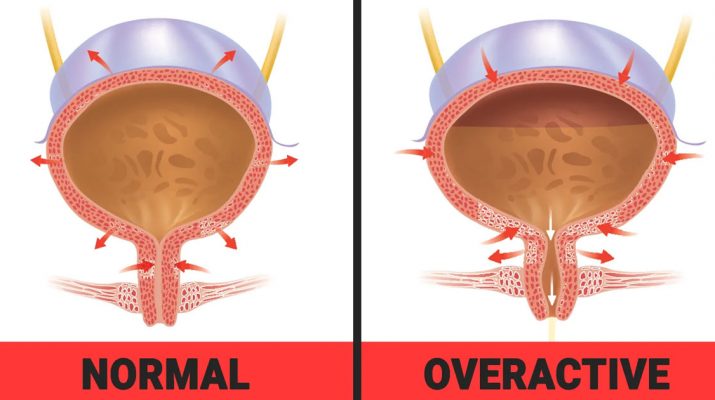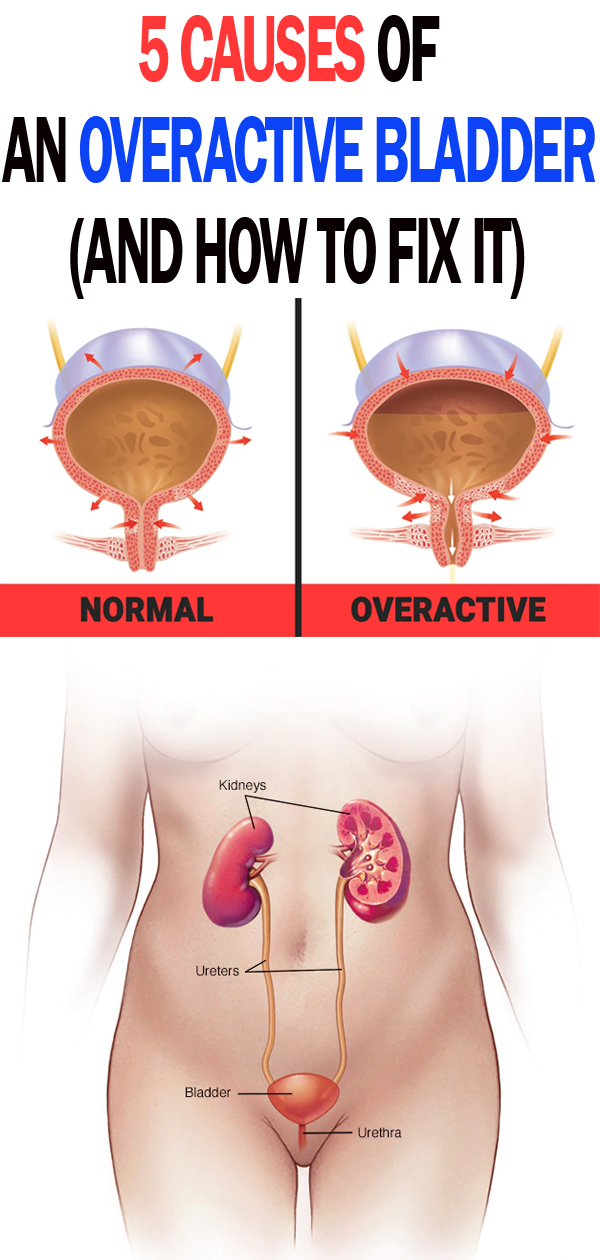Overactive Bladder (OAB) is a widespread condition that affects millions of people globally. According to the Urology Care Foundation, OAB affects over 30 million Americans. This number is likely to be much higher. Counting those who experience intermittent OAB and those who’ve gone undiagnosed, estimates rise to a whopping 30 percent of men and 40 percent of women.
Symptoms And Risk Factors
Symptoms of OAB include:
- Frequent urination, defined as urinating eight or more times over a 24-hour period.
- Waking in the middle of the night to pee more than once (a condition is known as nocturia).
- Inability to hold your urine.
- Wakefulness.
- Accidental leaking of urine from sudden urges (called incontinence).
The risk factors of OAB are various. They include age-related physical or cognitive decline, neurological diseases such as dementia (e.g. Parkinson’s), and obstruction of the bladder from constipation, enlarged prostate, or surgical complications.
They can also be caused by nerve damage to the urinary region, neurological disorders such as multiple sclerosis and stroke, bladder stones or tumors. Prescription or over-the-counter (OTC) medications that increase the amount of urine production may also be a factor.
Five Main Causes Of Overactive Bladder
Without further ado, let’s delve a bit into the five leading causes of OAB:
1. Bladder Fullness
Okay, so this one doesn’t sound too insightful – but it’s true. Many of us have a terrible habit of holding our pee for way too long. (Which is not a good idea, by the way!) Habitually clenching your bladder muscles can lead to the worsening of OAB-like symptoms.
2. Diuretics
Diuretics are often prescribed to treat high blood pressure and congestive heart failure. They are also used to relieve fluid buildup in the body as a result of congestive heart failure. While useful, diuretics soak up extra water and salt within the body to expel as urine. This can cause someone to need to make more frequent trips to the restroom.
3. Cognitive Decline
It’s well understood that our brain loses a bit of its sharpness as we get older. As a result, it may become a bit harder for the urinary system to interpret signals from the nervous system, which may cause an overactive bladder. Cognitive decline is also a symptom of conditions like multiple sclerosis (MS) and stroke.
4. Menopause
As many women reading this may attest, menopause has a way of screwing with hormones, including estrogen. Estrogen can suddenly drop during menopause, which can weaken the bladder muscles. This weakness may then lead to urine leakage, a condition known as incontinence.
5. Diabetes Or Pre-Diabetes
Incessant urination is one of the symptoms of both type 1 and type 2 diabetes. The reason for this is that the kidneys of diabetics and pre-diabetics work harder to expel blood sugar. This effectively sends the kidneys into overdrive – and us to the bathroom.
Preventing And Fixing An Overactive Bladder
Prevention is always the best medicine. With this in mind, let’s first talk about some lifestyle choices that lower your risk of an overactive bladder.
The most important factors to preventing OAB are maintaining a healthy weight and getting regular exercise. A healthy body optimizes the functioning of the urinary tract and other vital organs. Further, an active lifestyle is the best way to counteract diabetes and obesity. Other prevention measures include limiting alcohol and caffeine, quitting smoking, and managing any known medical conditions.
Now let’s say you’re struggling with a bit of OAB. Are there measures you can take to counteract it? Many signs point to “yes.” One noteworthy finding reported by Harvard University showed that 70 percent of women who used alternative remedies reported being satisfied with the treatment. These treatments might include supplements, herbs, and therapies.
While research is still a bit sparse (as it often is with alternative treatments), here are three that have shown promise.
Pumpkin Seeds.
Pumpkin seeds are rich in omega-3s, which possess strong anti-inflammatory traits. One study found pumpkin seed oil to improve urinary tract function and reduce the symptoms of OAB.
Bladder Retraining.
The general idea is to reset your bladder muscles. Eventually, you may get to a point where trips to the bathroom become much less frequent. First, start keeping a journal of how frequently you visit the bathroom. Next, delay your bathroom trips for a few minutes at a time. After a while, this 10 minutes will become a piece of cake, allowing you to hold for 15 minutes, then 20 minutes, and progressively longer.
Kegel Exercises.
Kegel exercises (ideally in conjunction with regular exercise) strengthen pelvic floor muscles and limit involuntary contractions. Here’s a rundown of how to do Kegel exercises:
- “Find” your pelvic muscles by cutting off your urine mid-stream. There ya’ go.
- Make sure that your bladder is relaxed (read: empty).
- Lie down flat on a comfortable surface. Put your arms comfortably at your sides.
- Relax your butt and tummy area.
- Squeeze your pelvic muscles for about 5 seconds; reduce hold time to 2-3 seconds if it is easier.
- Release your muscles for 10 seconds. Repeat.
- Perform these movements ten times each session. Try doing Kegel’s at least 3-4 times daily.


